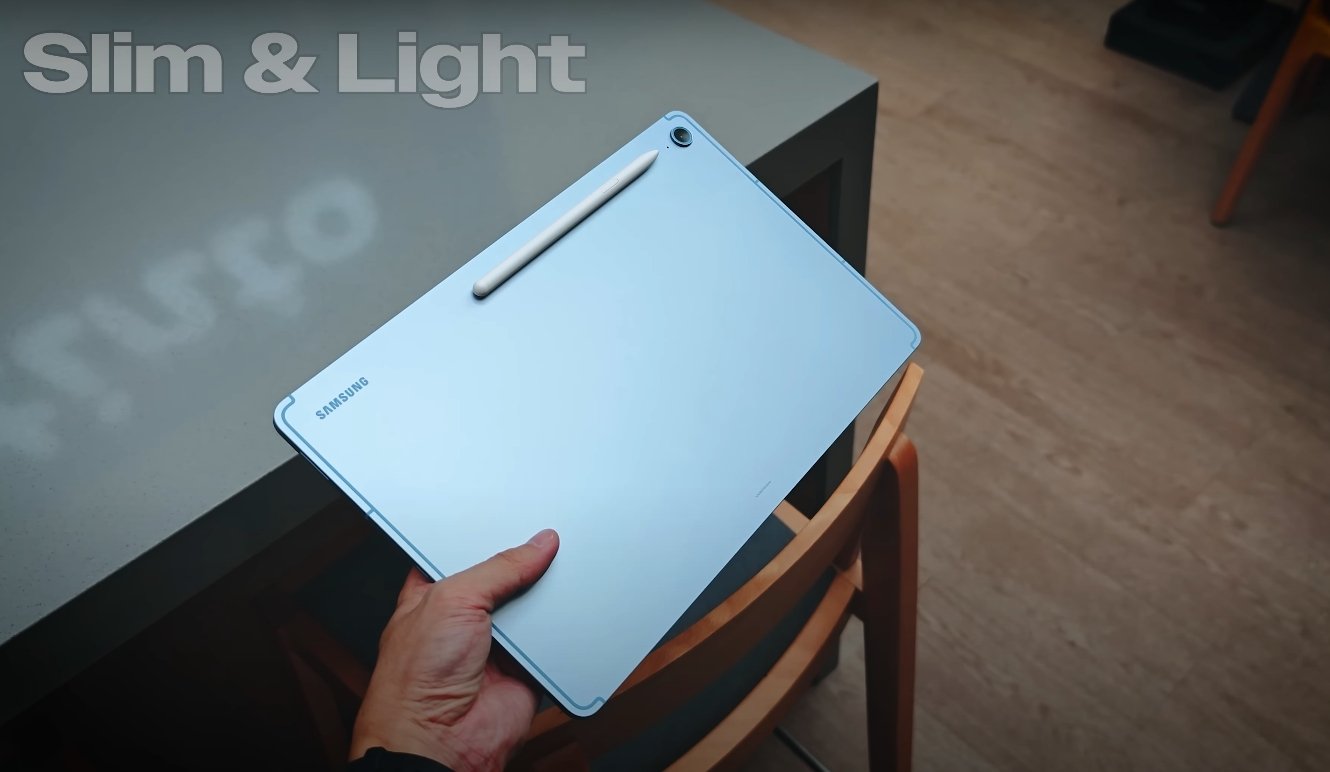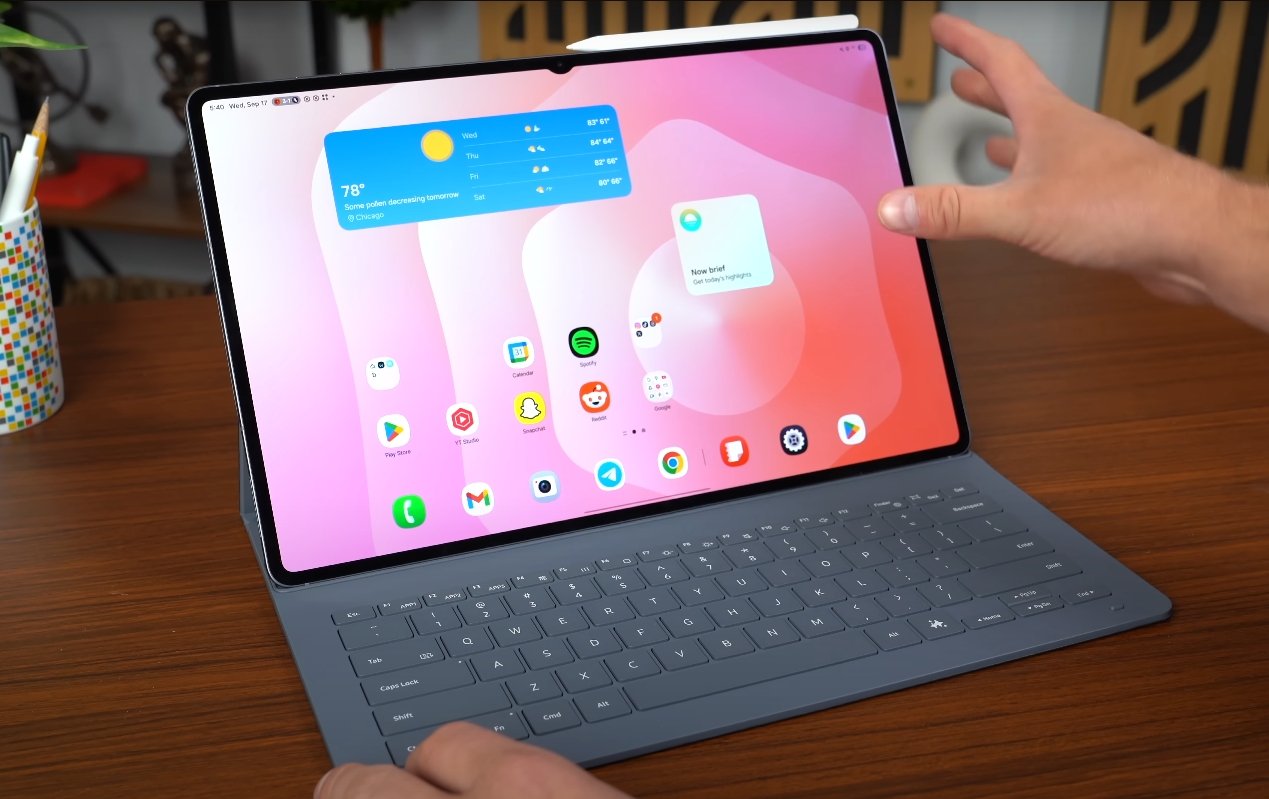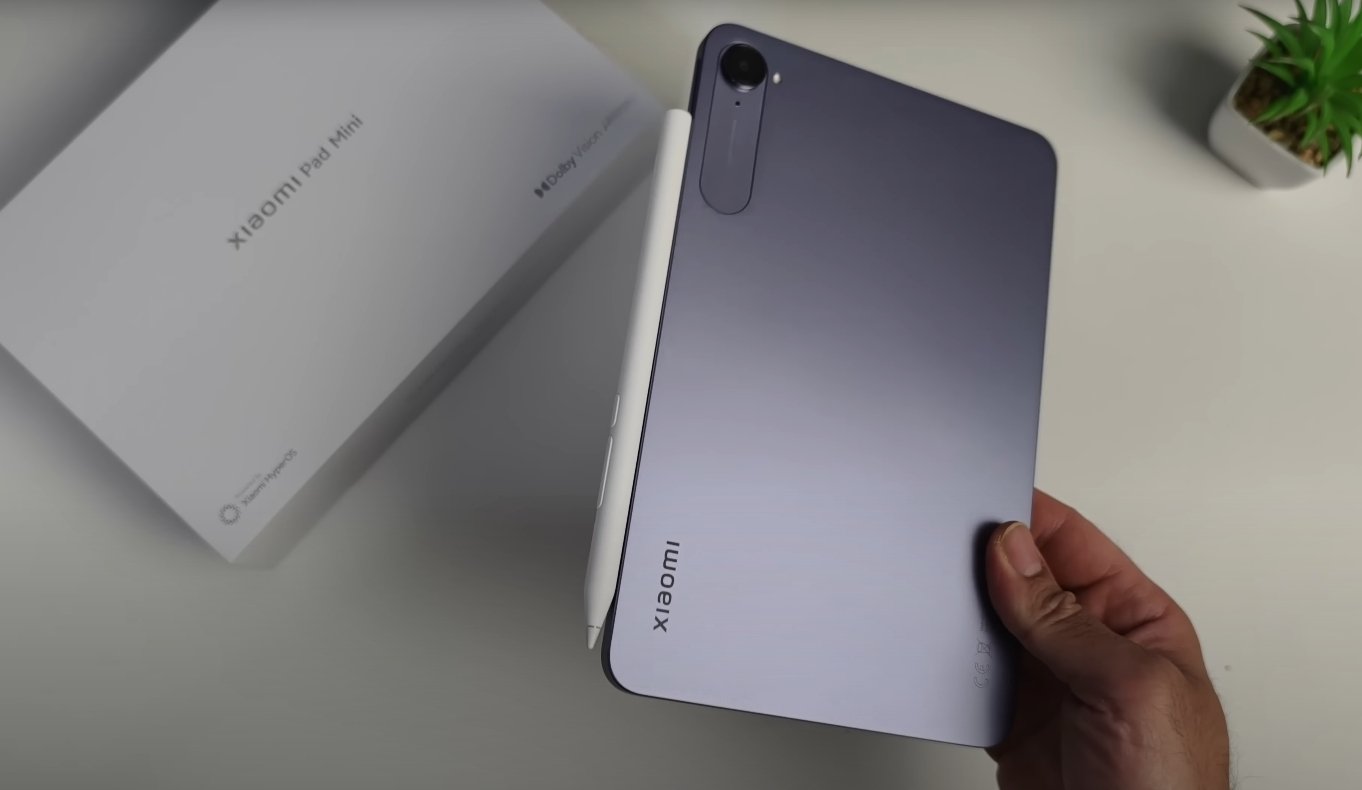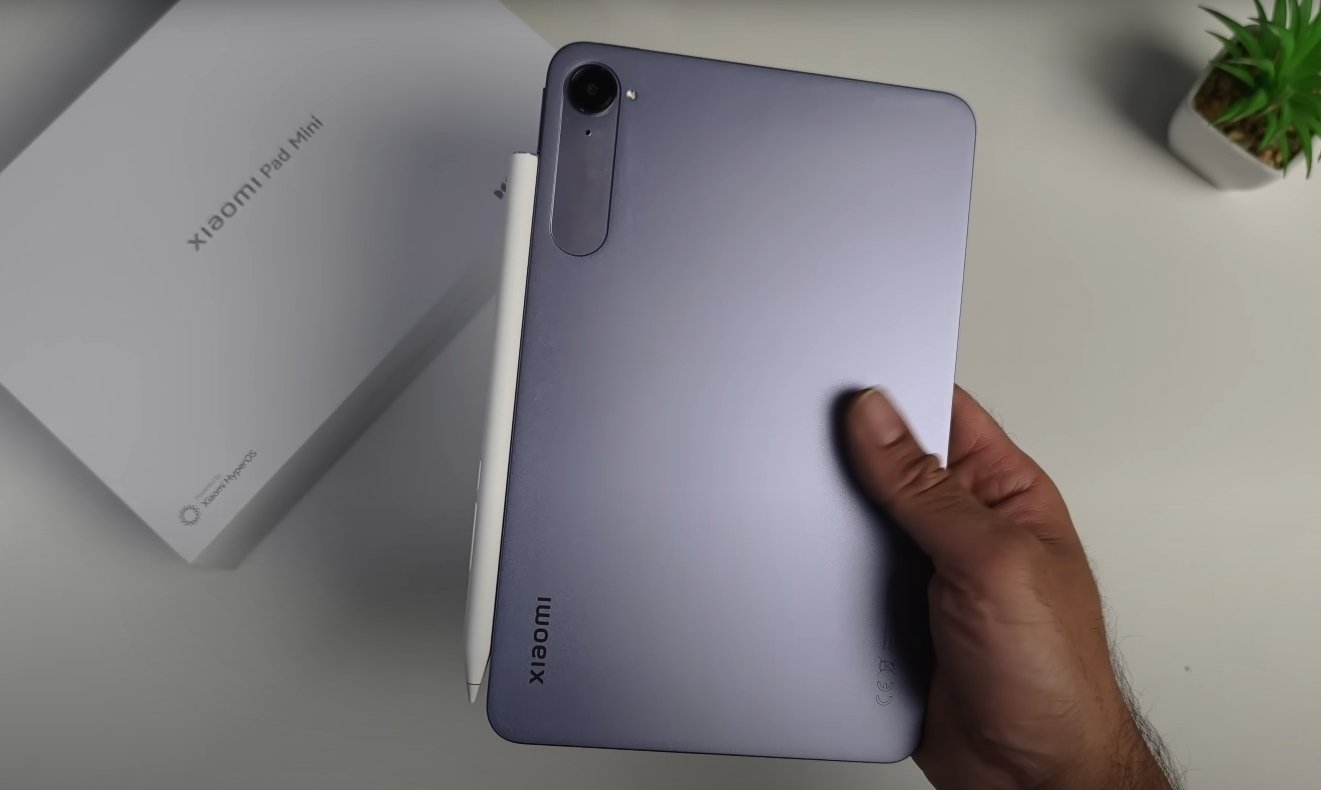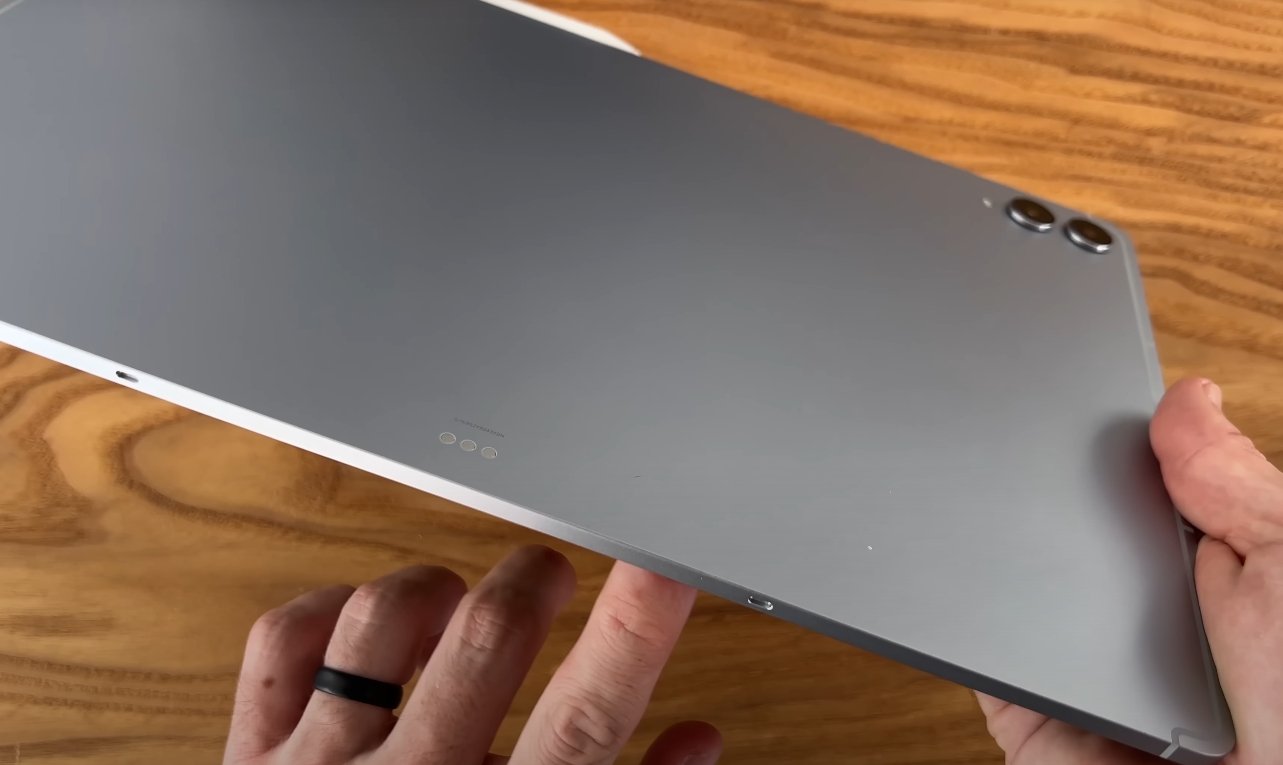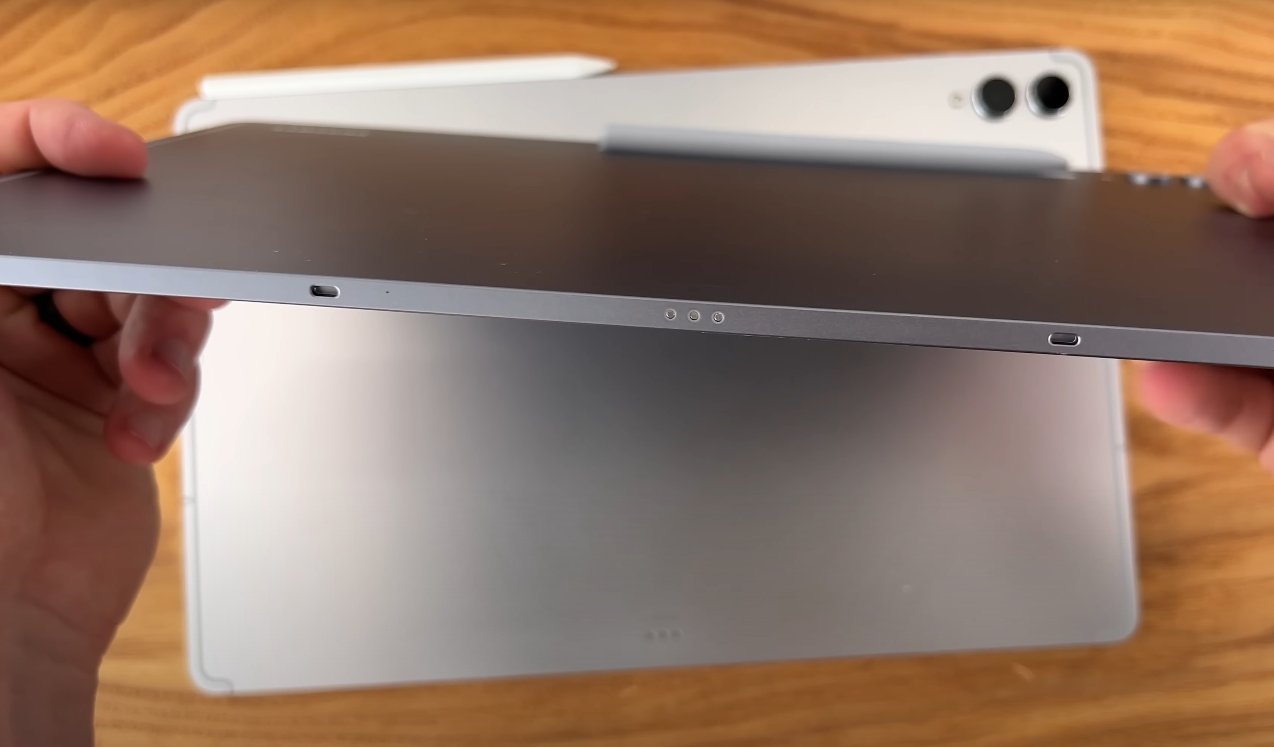Samsung’s flagship tablet gets its official processor reveal
Samsung has officially confirmed the processor powering the Galaxy Tab S11 Ultra for the U.S. market, ending months of speculation. The company has opted to equip its premium tablet with a Snapdragon chipset, signaling a clear focus on top-tier performance and power efficiency. This decision aligns with Samsung’s strategy to position the Tab S11 Ultra as a true flagship device capable of handling demanding professional and entertainment workloads.
For years, Samsung has alternated between different chipsets for its tablets, often using Snapdragon processors for the U.S. market. With the Tab S11 Ultra, the company continues this trend, aiming to deliver the best performance possible for productivity and gaming. The Snapdragon chip at the heart of the device is designed to offer improved CPU and GPU power compared to its predecessor, ensuring smooth performance during multitasking, high-resolution media editing, and extended gaming sessions.
One of the major advantages of this chipset is its efficient thermal management and strong sustained performance. This is particularly important for a large tablet like the Tab S11 Ultra, which targets users who expect desktop-class capabilities in a portable form. Whether it’s running creative apps, editing large files, or using the tablet in DeX mode with an external display, the Snapdragon platform helps maintain fast, consistent performance over time.
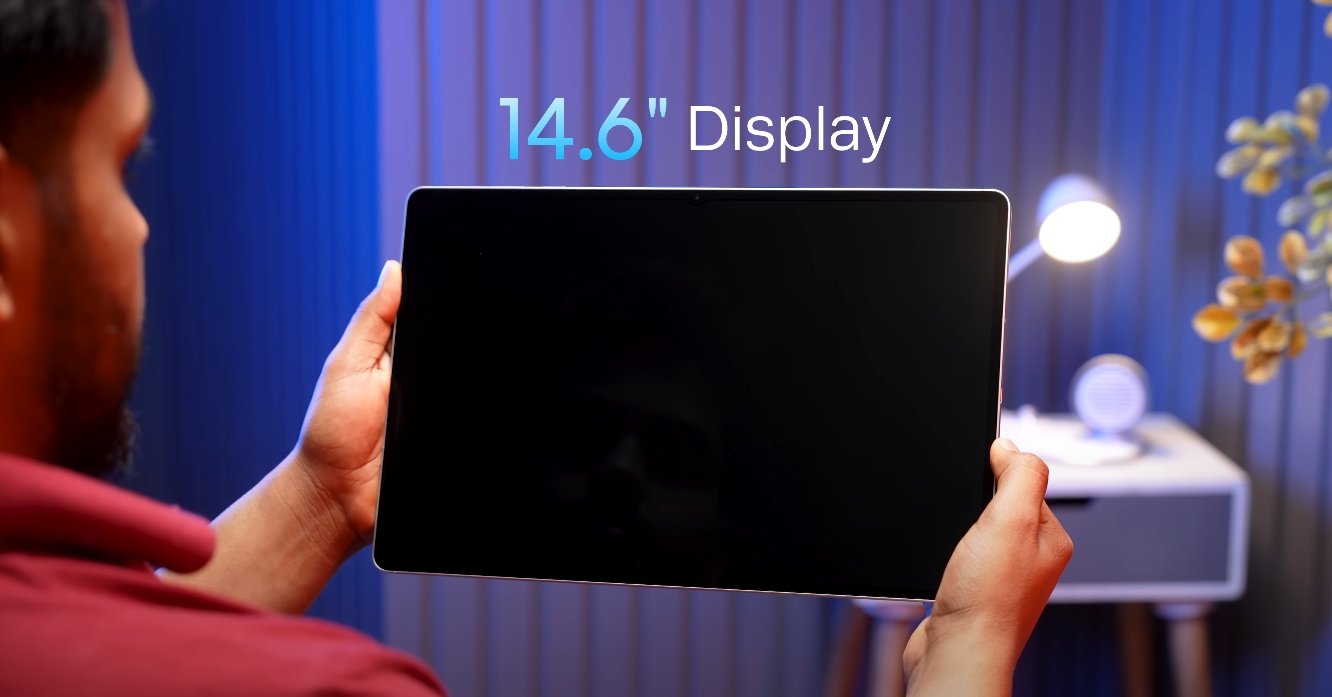
The Snapdragon chip also plays a key role in enhancing the tablet’s AI and connectivity features. It supports advanced on-device AI processing, which powers features like smarter multitasking, adaptive performance, and improved battery efficiency. In addition, its integrated modem delivers fast and stable connectivity options, including Wi-Fi 7 and 5G, making the device better suited for remote work, streaming, and cloud-based tasks. This is a major step up from previous generations that had more limited wireless capabilities.
Another benefit of choosing Snapdragon is its compatibility with a wide ecosystem of apps and accessories optimized for high-end performance. Creative professionals who rely on demanding applications such as video editing, music production, and design tools will experience smoother workflows. The GPU upgrade, in particular, brings console-level graphics capabilities to a tablet form factor, which is ideal for gaming enthusiasts in the U.S. market.
This processor choice also helps Samsung compete more directly with other flagship tablets in the market. By using the latest Snapdragon platform, the Tab S11 Ultra is positioned to rival premium devices like Apple’s iPad Pro and high-end Windows tablets. This strengthens Samsung’s presence in the high-performance segment, appealing to both consumers and professionals who demand top speed and responsiveness from their mobile devices.
Battery optimization is another area where the Snapdragon chip makes a difference. The combination of an efficient processing core and intelligent power distribution allows the tablet to deliver strong battery life even during intensive tasks. Users can expect the device to maintain steady performance without overheating or draining too quickly, which is essential for those who rely on their tablets throughout the day.
The official confirmation of the Snapdragon chip is likely to boost confidence among U.S. buyers who were waiting for clarity on the processor. It reassures users that they’re getting the best version of the Tab S11 Ultra available globally. This move also reflects Samsung’s commitment to bringing top-of-the-line technology to its flagship devices, ensuring that performance matches the premium price tag.
Overall, Samsung’s decision to use a Snapdragon chipset in the Galaxy Tab S11 Ultra underscores its ambition to dominate the high-end tablet market. With strong performance, improved AI capabilities, better connectivity, and efficient power use, this device is well-equipped to handle a wide range of demanding tasks. For U.S. customers, this makes the Tab S11 Ultra a compelling choice for both productivity and entertainment, setting a new standard for Android tablets in 2025.

